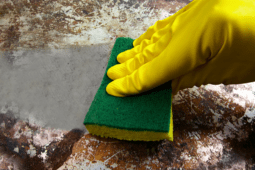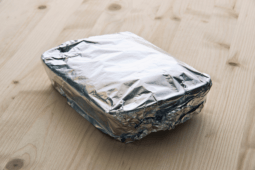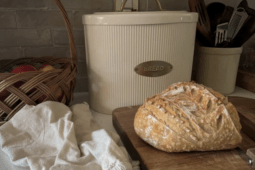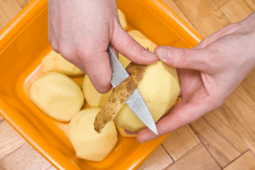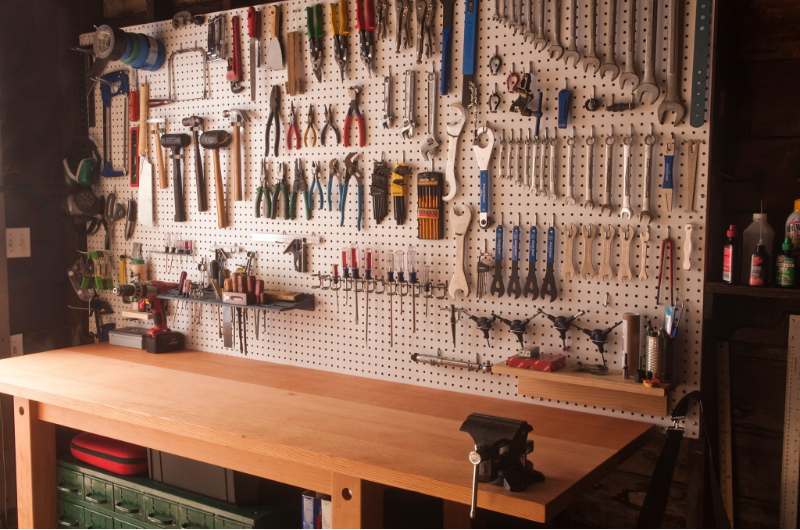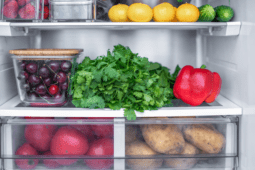The Right Way to Store Bread So It Stays Fresh Longer
Bread is a staple in many households, but one of the most frustrating things can be how quickly it goes stale. Whether it’s a freshly baked loaf or store-bought, keeping bread fresh requires more than just tossing it on the counter. In fact, storing bread the wrong way can cause it to mold or lose its flavor and texture. Here’s the right way to store bread so it stays fresh longer, and you can enjoy it without wasting any.
Why Bread Goes Stale
Before diving into the best storage methods, it’s important to understand why bread goes stale. Bread staleness occurs when starch molecules in the bread begin to crystallize, causing the bread to lose moisture and become dry. This process is known as retrogradation. Storing bread properly can slow down this process and keep your loaf fresher for longer.
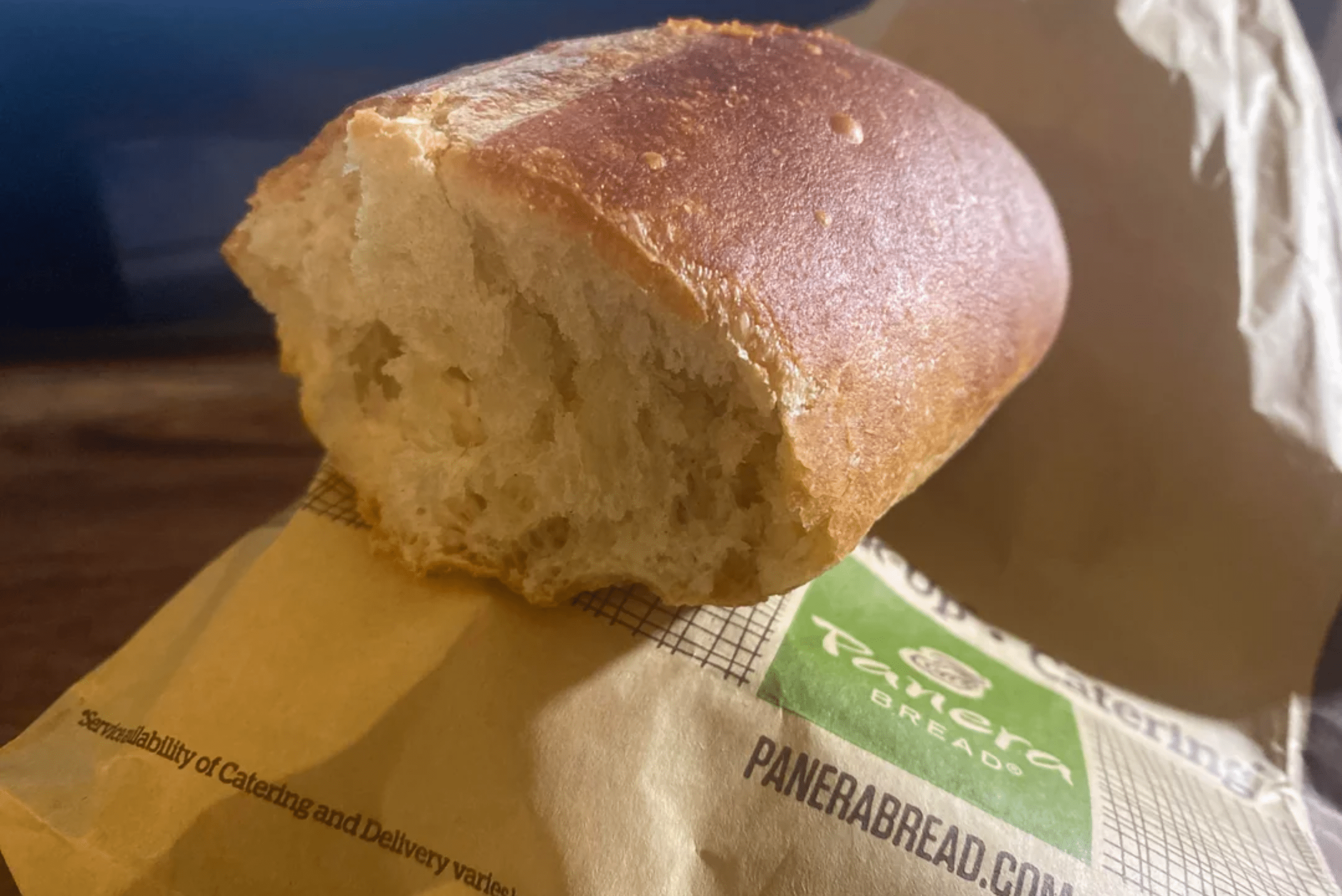
The Paper Bag Myth: Is It True?
You may have heard that bread should never be stored in plastic because it traps moisture, which accelerates mold growth. But what about paper bags? The answer is yes, storing bread in a paper bag is often the best way to keep it fresh. The paper bag allows the bread to breathe while still offering protection from environmental elements, unlike plastic, which traps moisture. It’s especially effective for loaves with a hard crust, as it preserves the crust’s texture and prevents it from becoming too soft or soggy.
That said, bread stored in a paper bag will only stay fresh for about 2-3 days. If you want to keep it for longer, you’ll need to freeze it or switch to other storage methods.
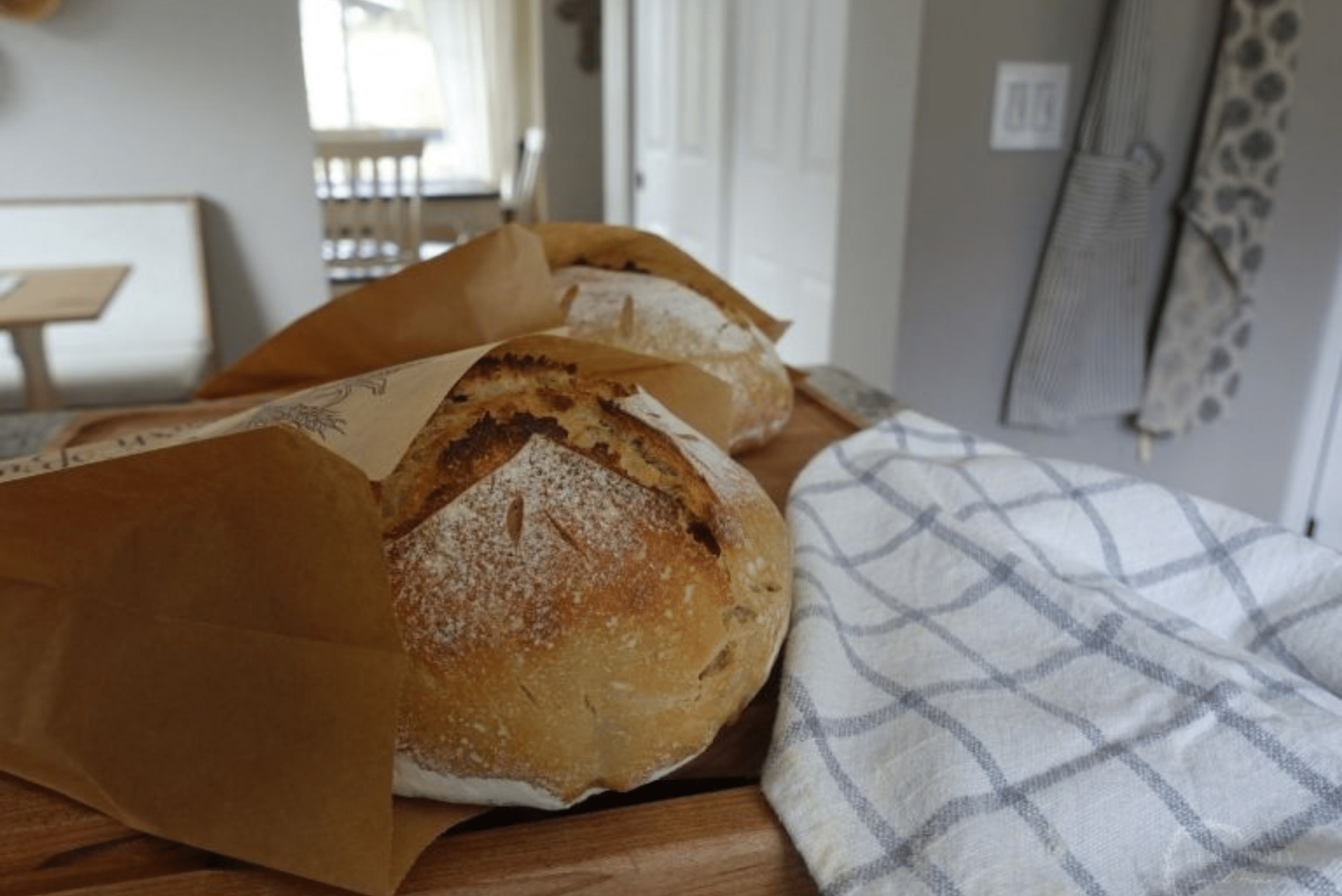
The Right Storage Containers
If you want to extend the freshness of your bread, consider using specialized bread boxes or containers. A bread box is designed to maintain a controlled environment that is slightly warmer and more humid than the outside air, preventing the bread from drying out while still allowing airflow. Wooden bread boxes are a popular choice because they absorb moisture and prevent the buildup of condensation.
Alternatively, you can use cloth bread bags that help retain moisture without trapping it. These are a great option for longer-term storage as they allow air circulation, which prevents mold growth.
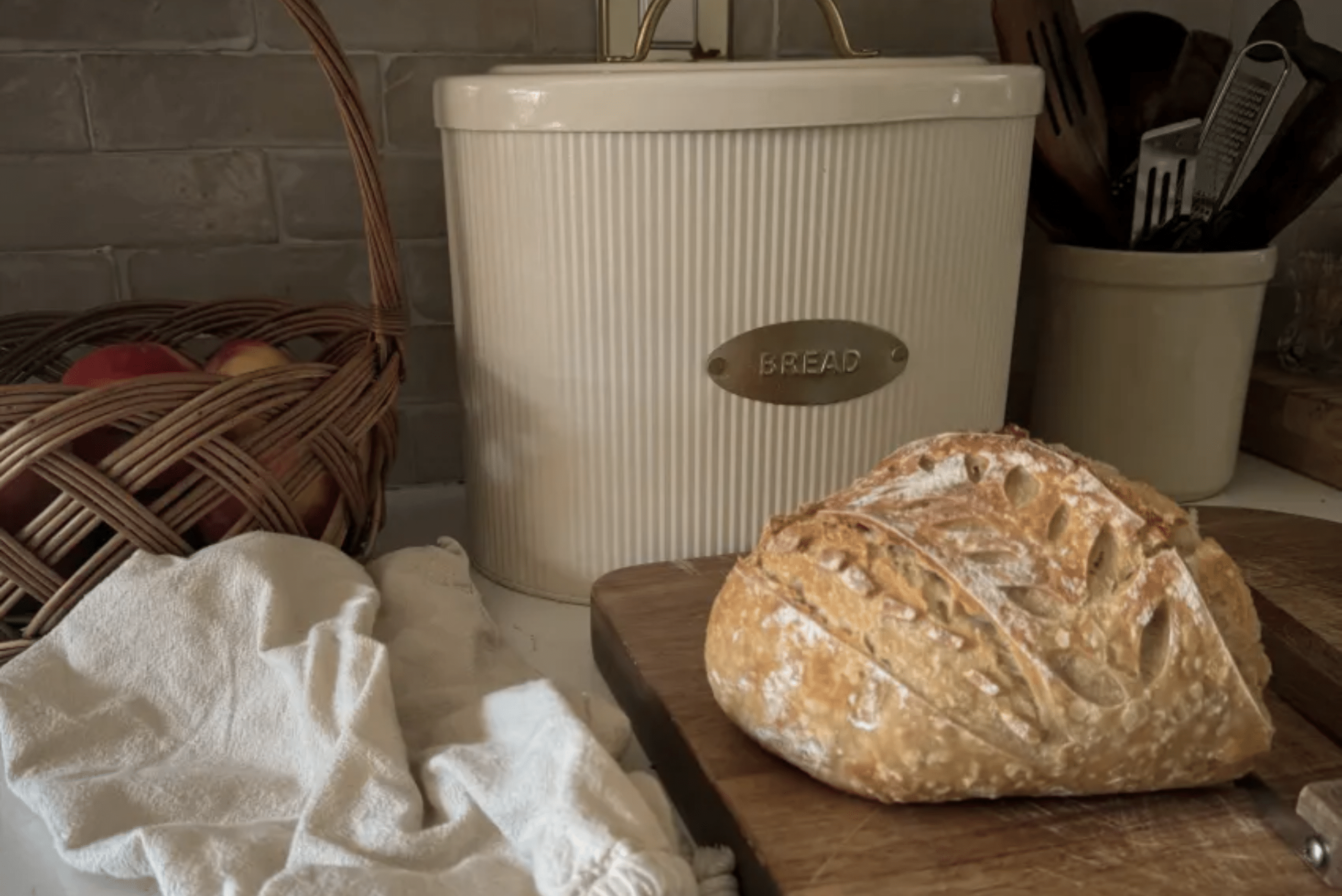
Freezing Bread: A Long-Term Solution
For longer storage, freezing bread is your best bet. If you have extra bread, slice it first before freezing so you can pull out just the amount you need. Wrap the loaf or slices tightly in plastic wrap or foil, then place it in a freezer bag. The key is to ensure no air is able to get in to prevent freezer burn. When you’re ready to use the bread, let it thaw at room temperature or toast slices directly from the freezer.
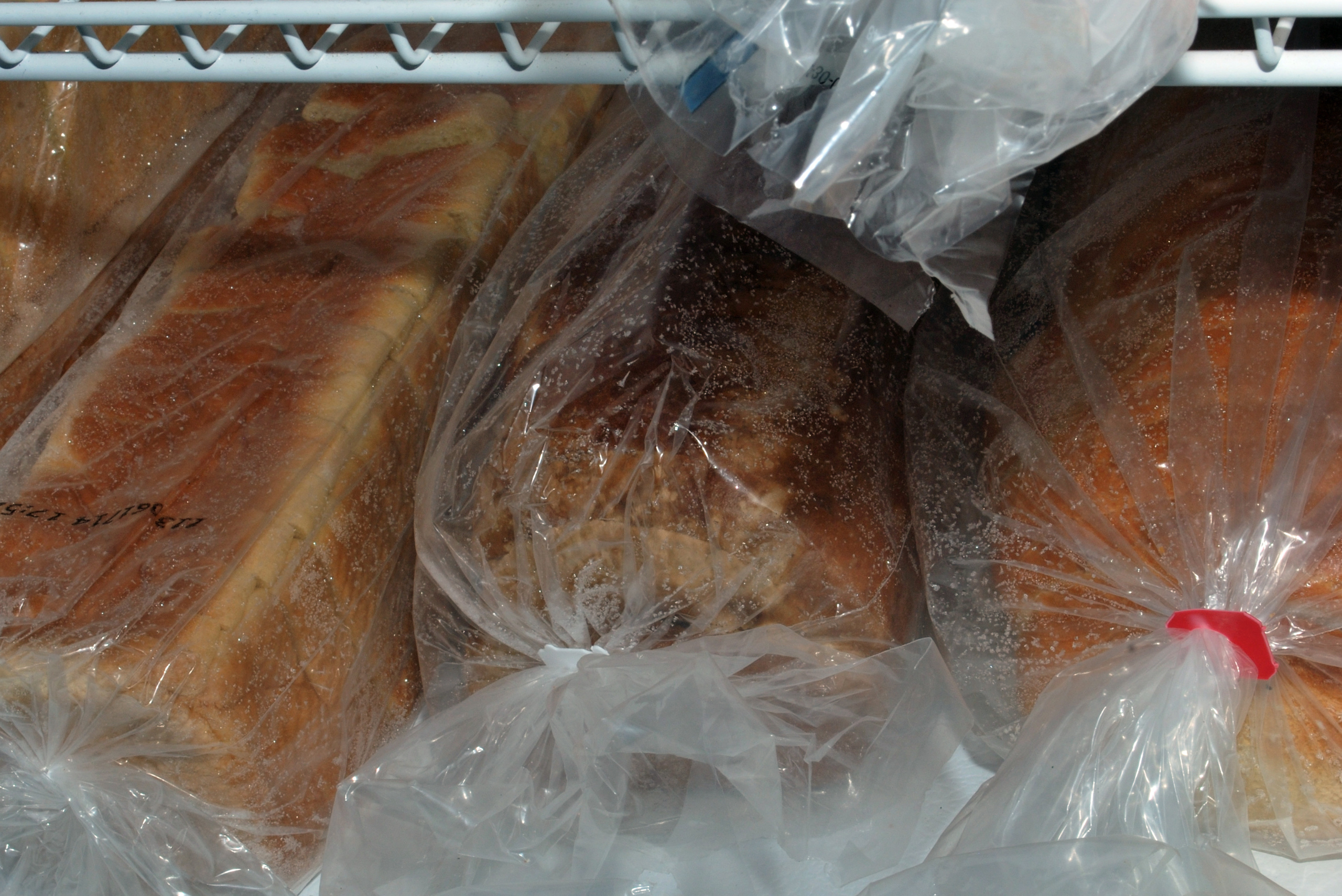
Keep Bread Away from Heat and Light
No matter how you store your bread, always keep it in a cool, dry place away from direct sunlight and heat sources. Heat and light will cause the bread to dry out more quickly, reducing its freshness. A pantry or cupboard is often the best place to store bread, as it’s typically dark and temperature-controlled.
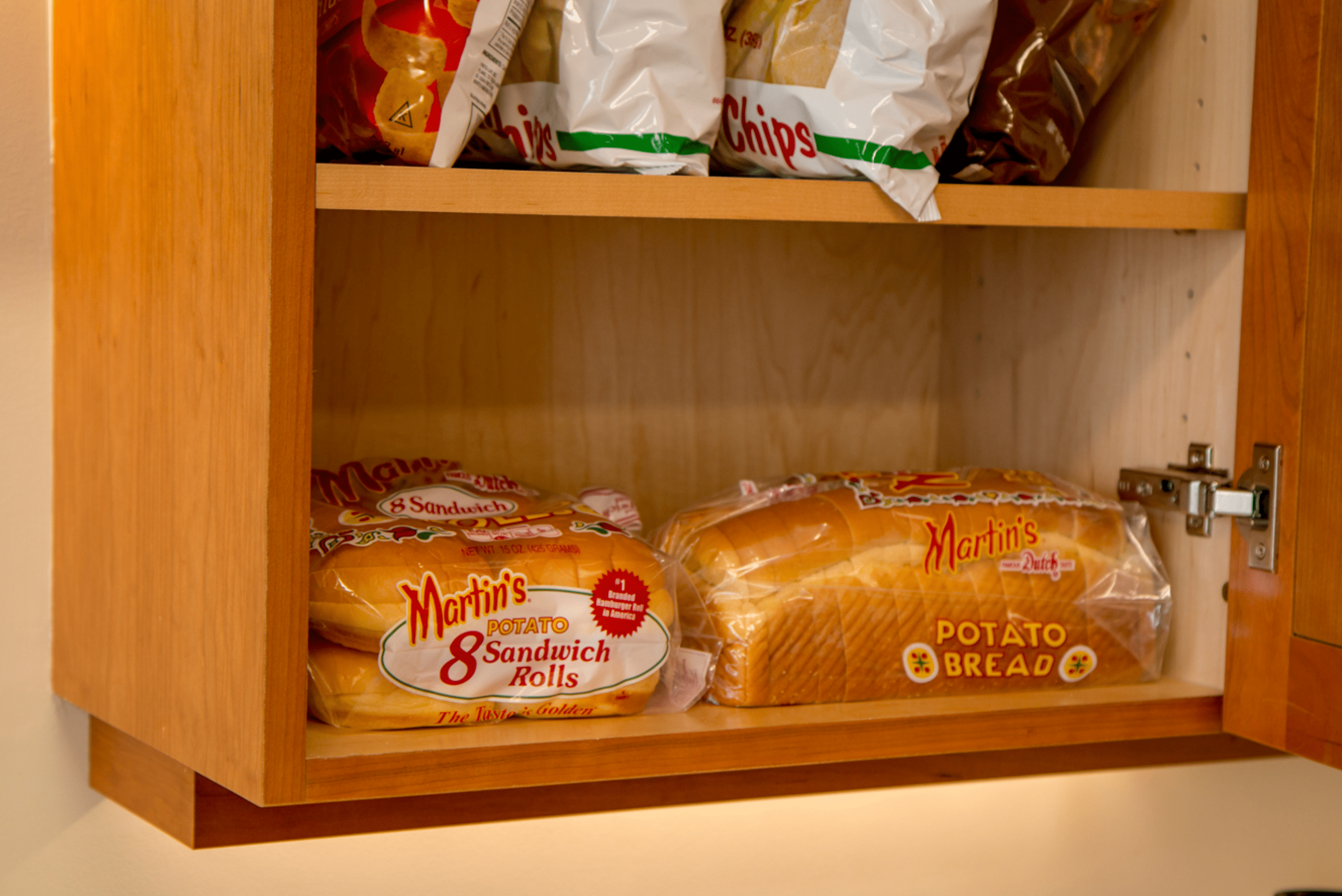
Outro
Storing bread the right way is essential to extending its freshness and maintaining its flavor. Whether you choose to store it in a paper bag for short-term use or freeze it for longer storage, the key is to avoid plastic and create an environment that balances moisture and airflow. With these tips, you’ll be able to enjoy fresh, delicious bread for days to come.

